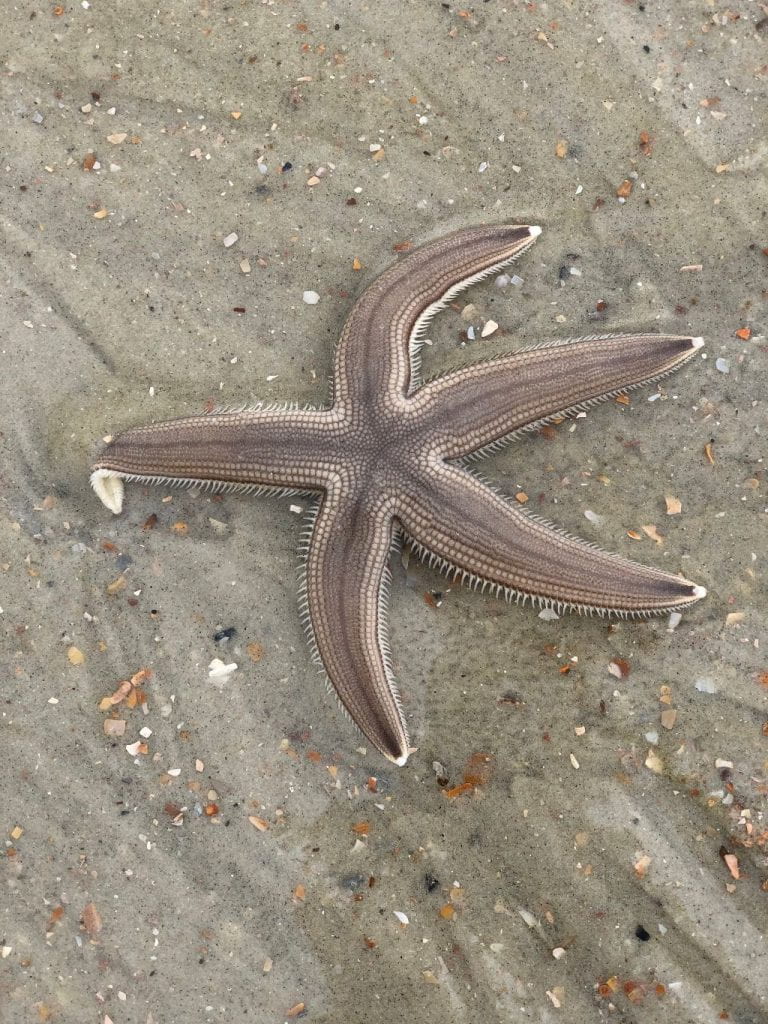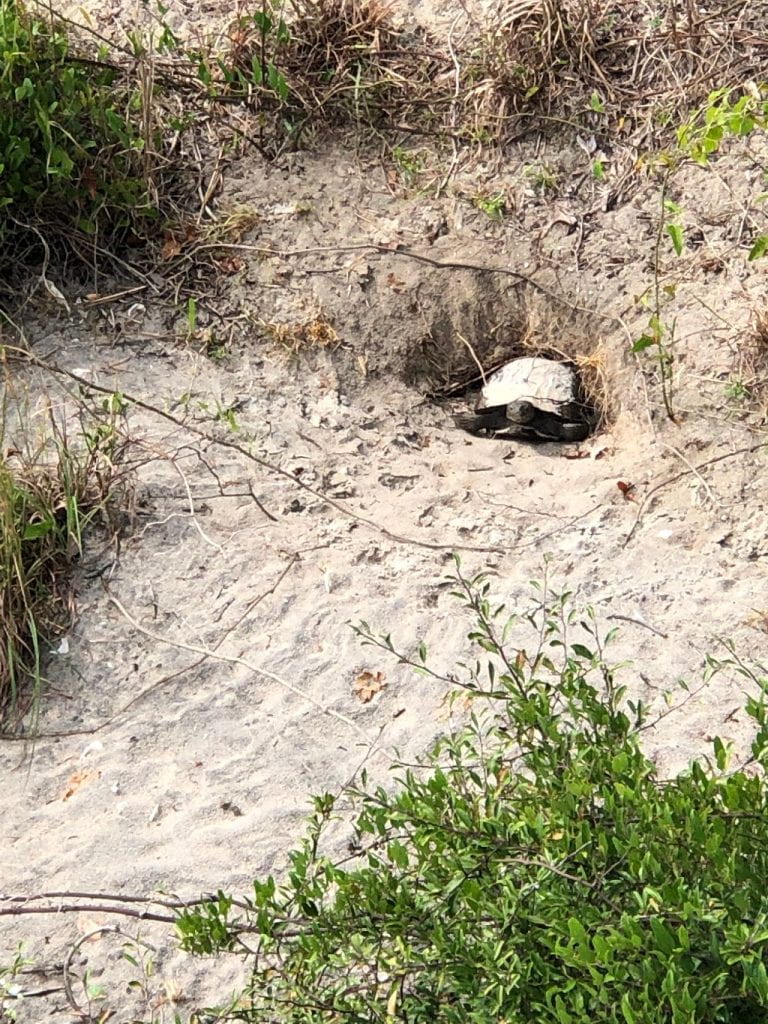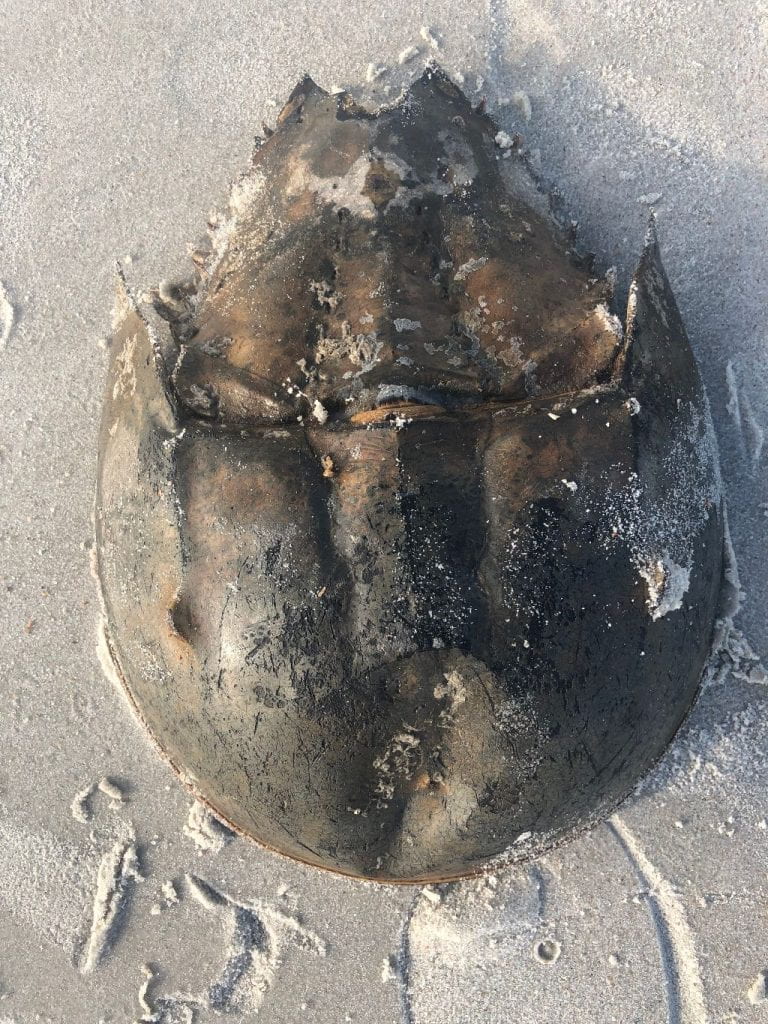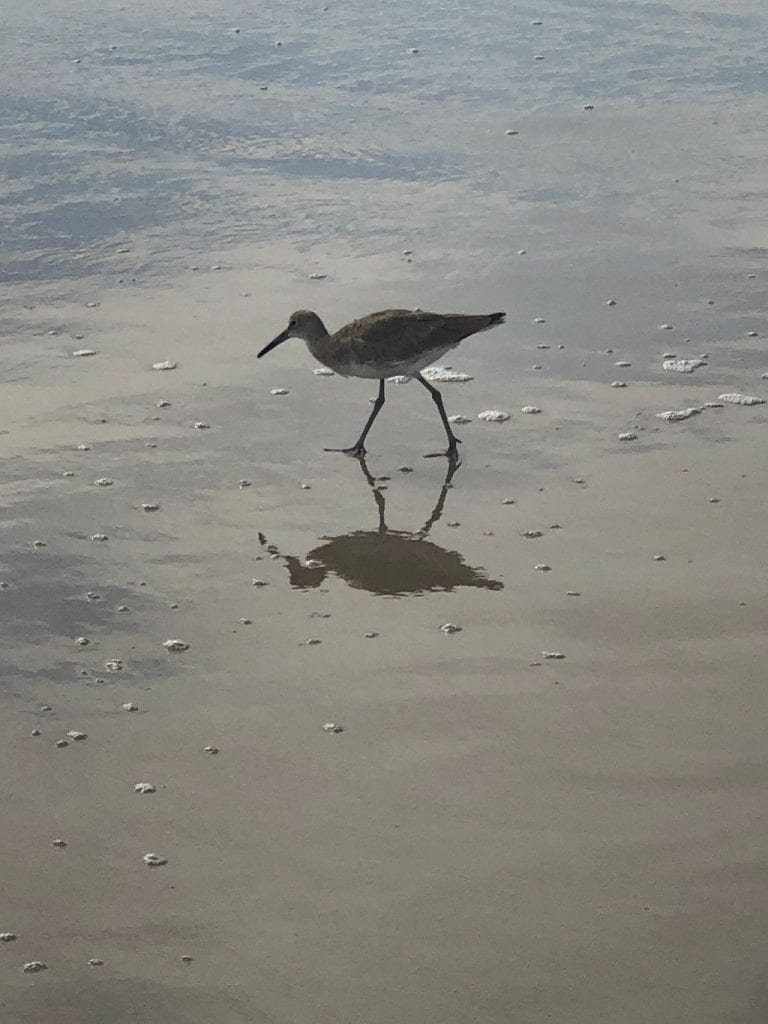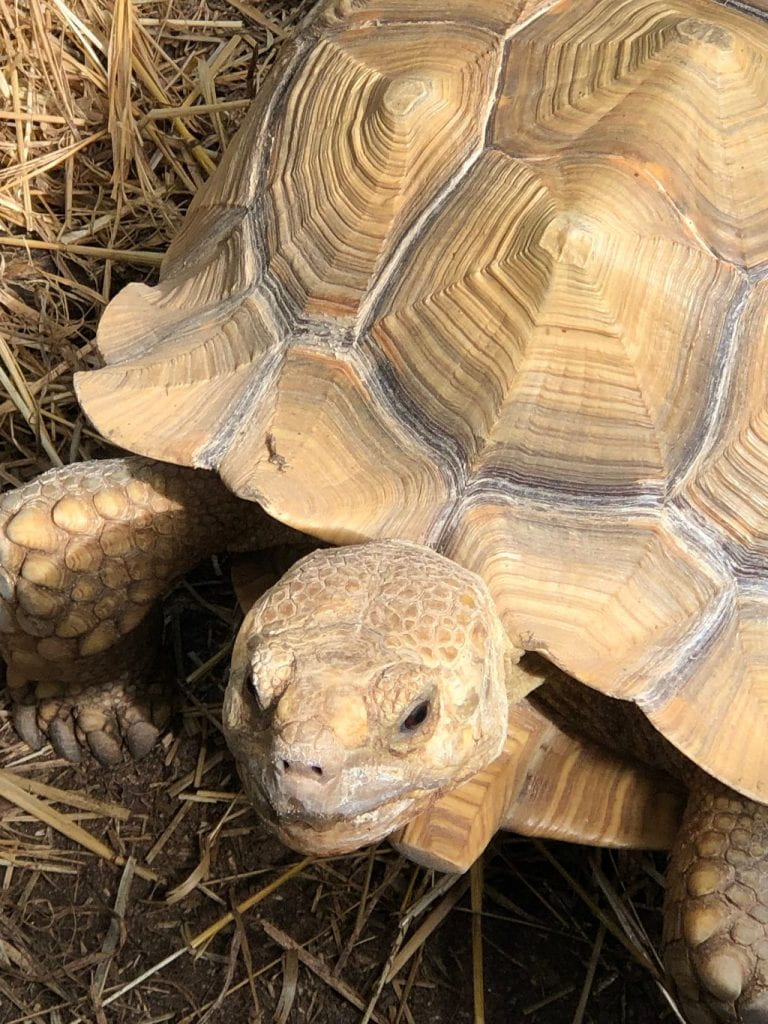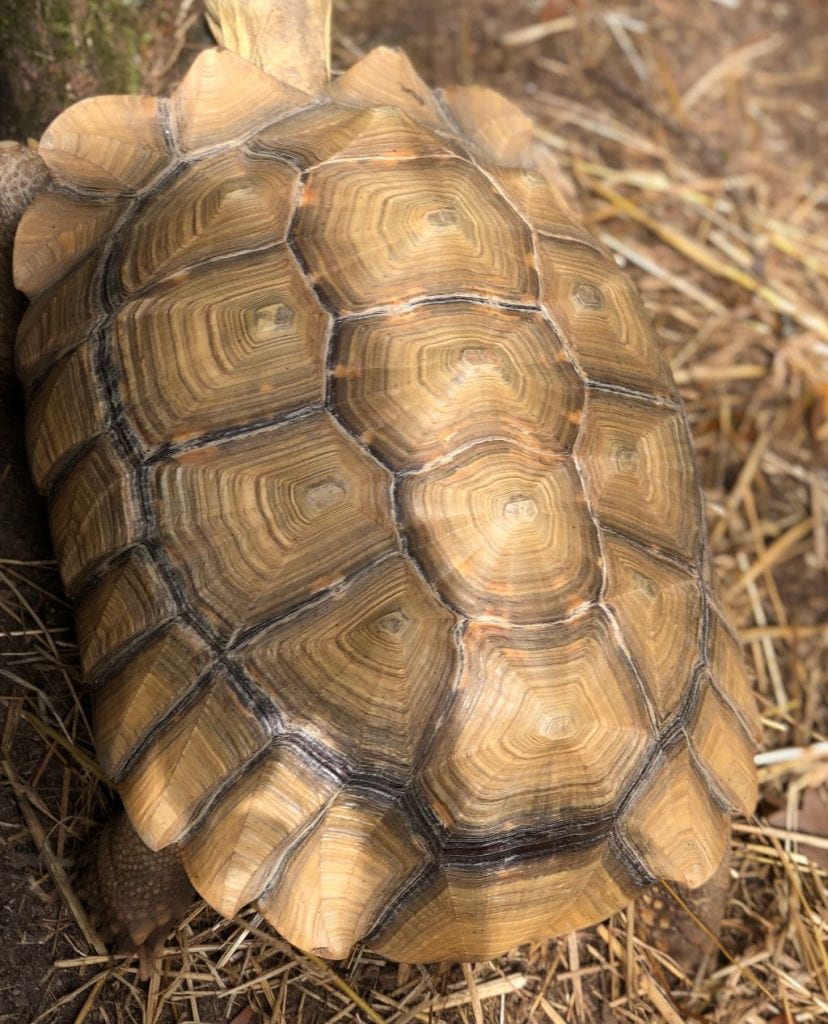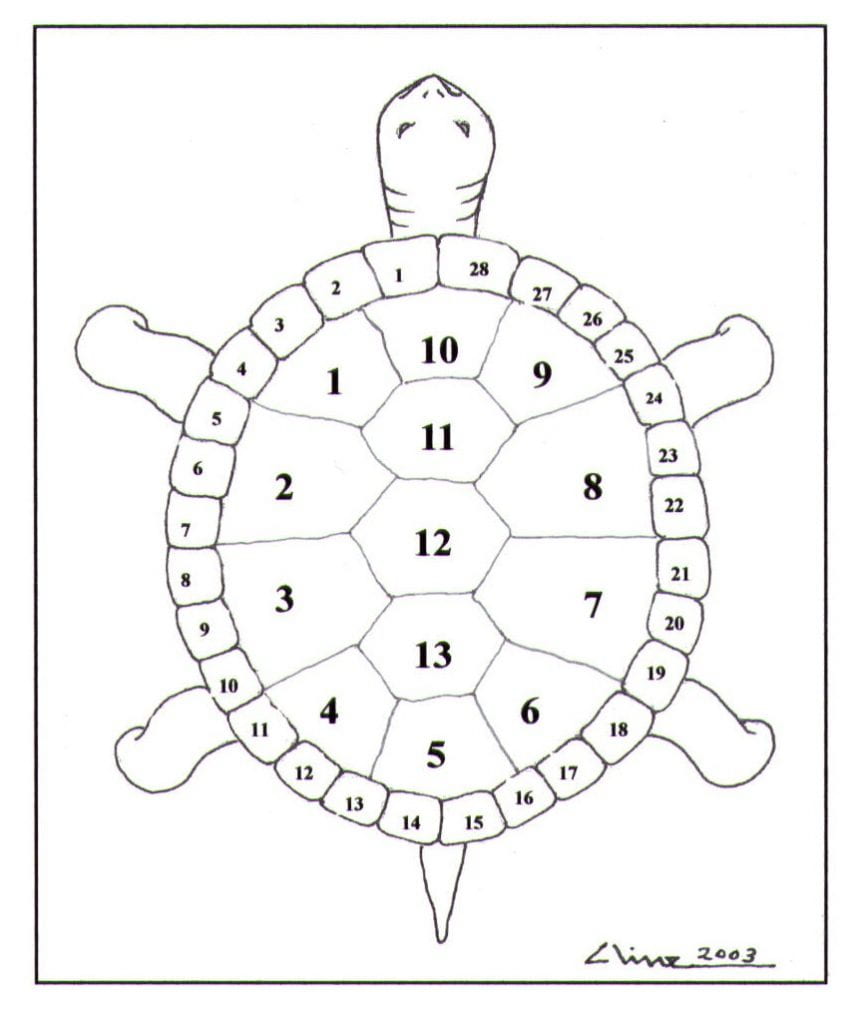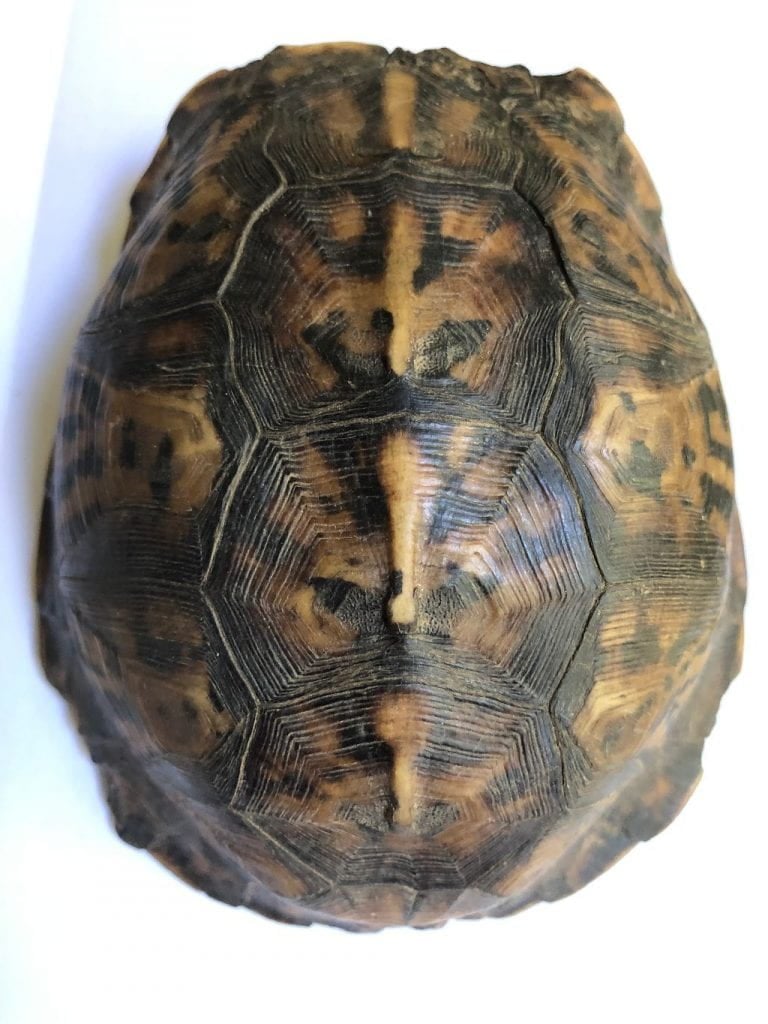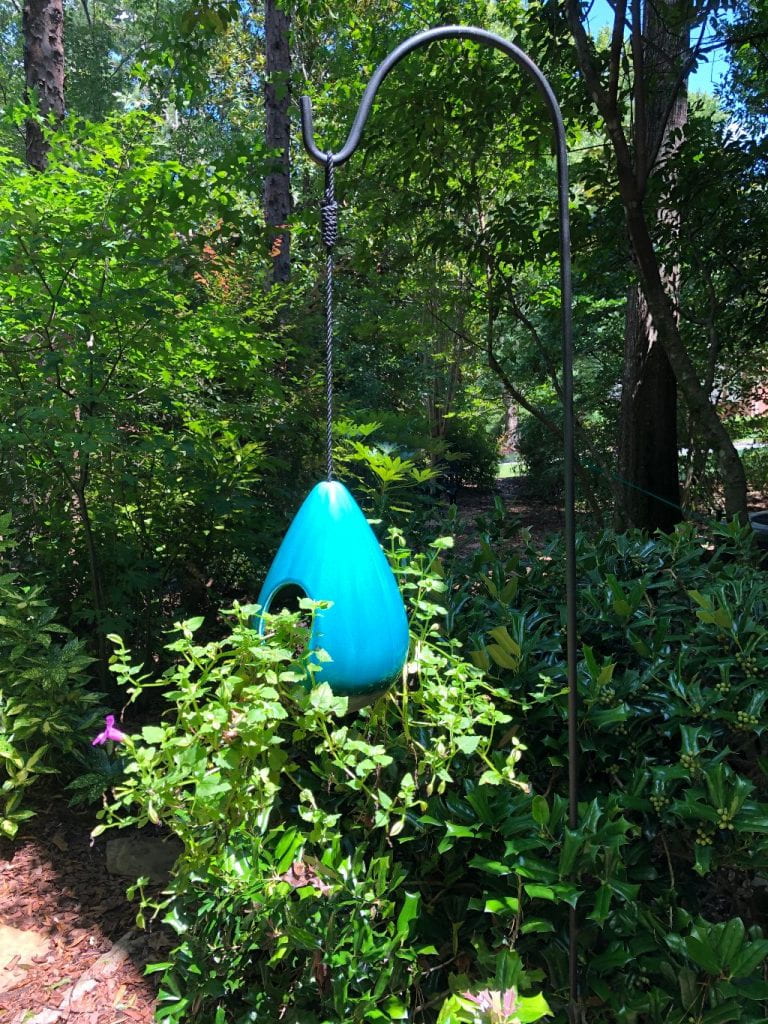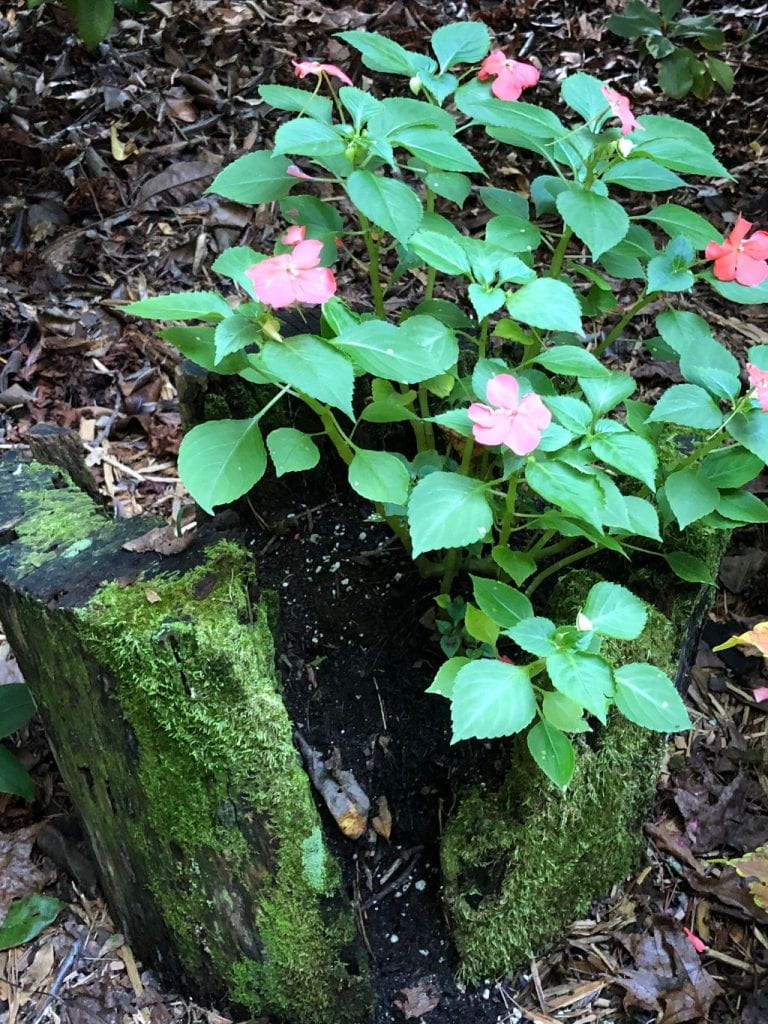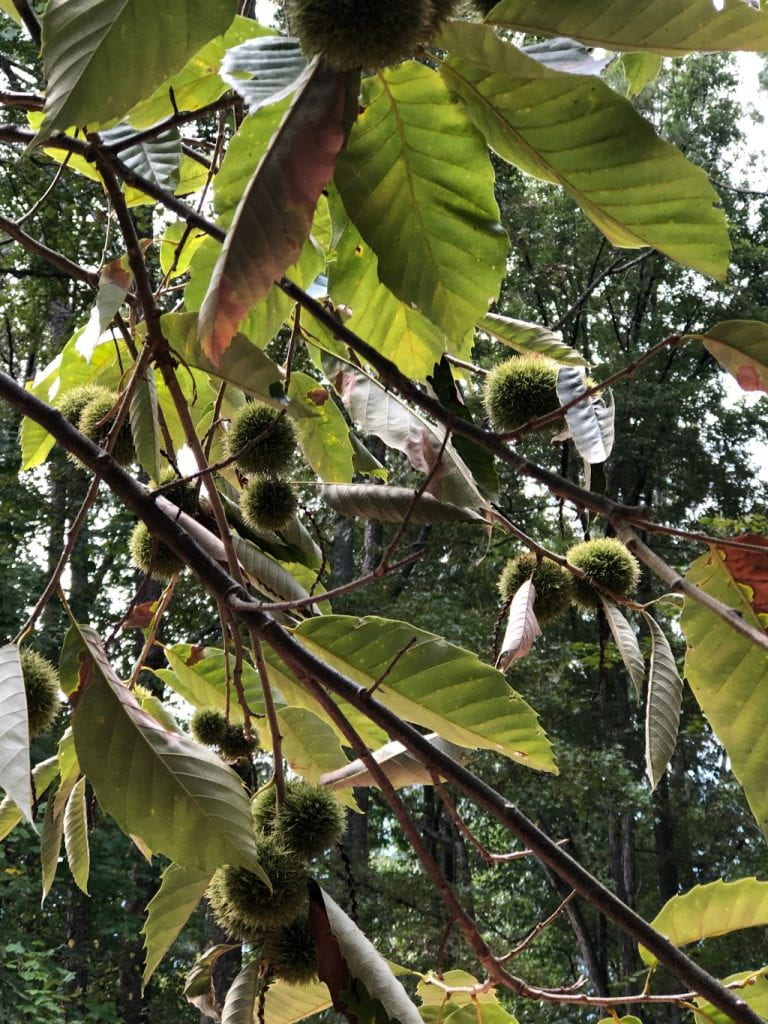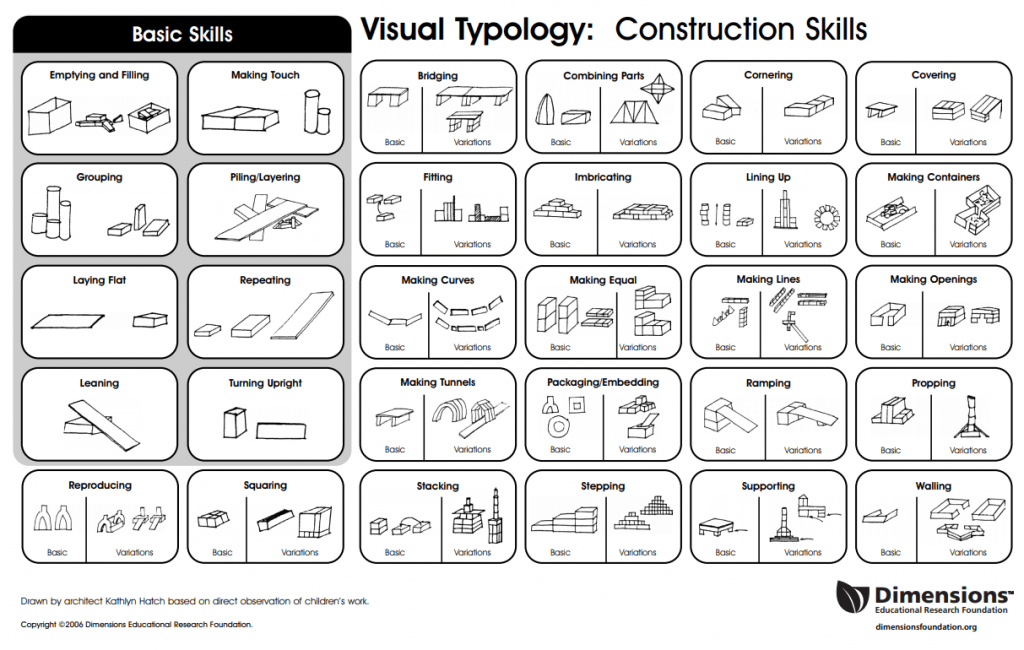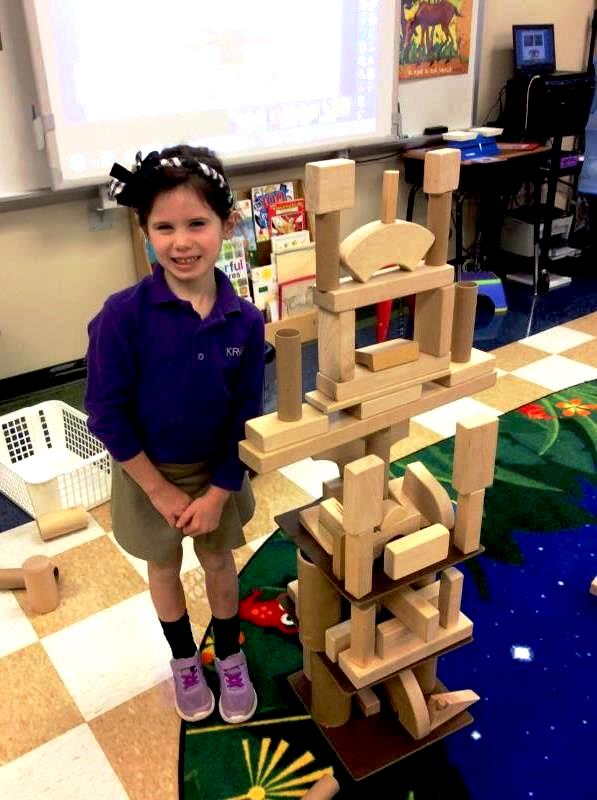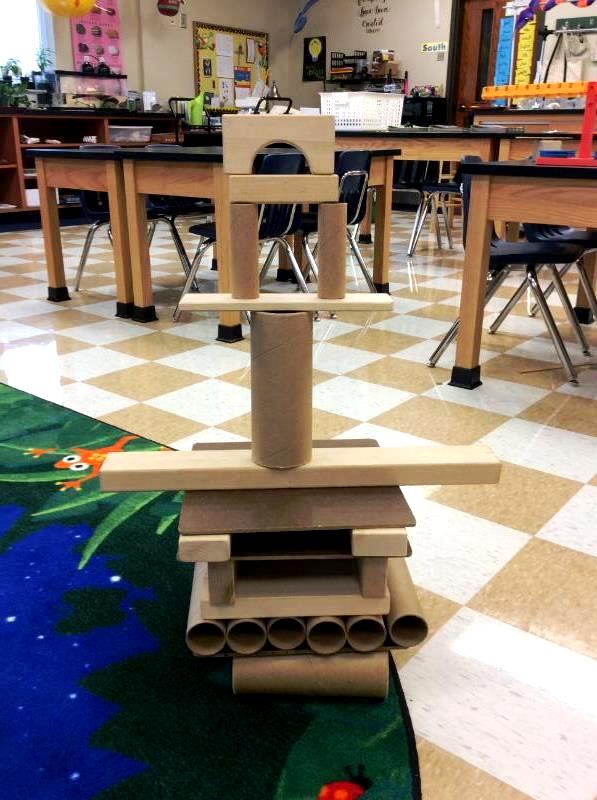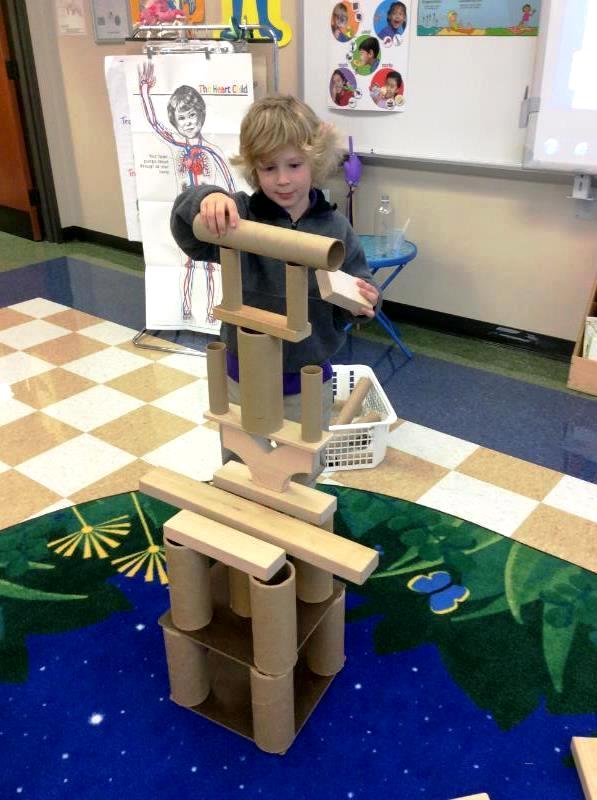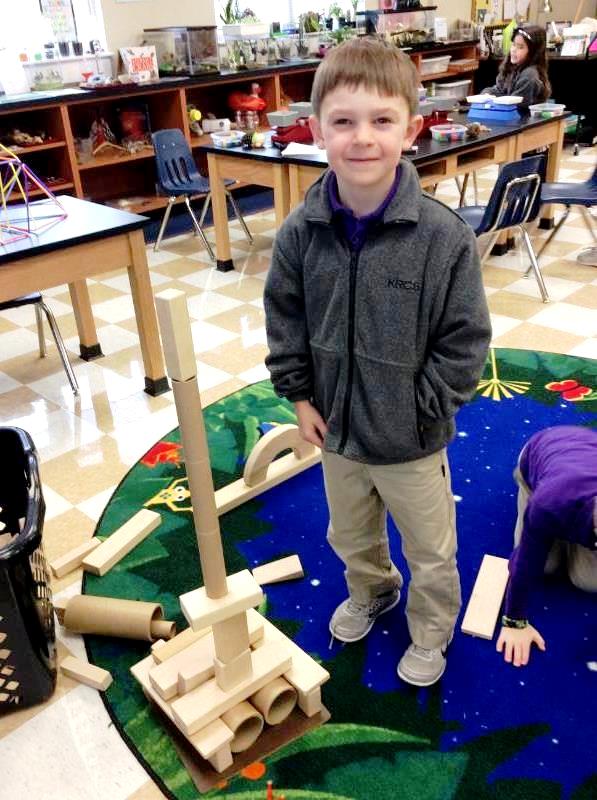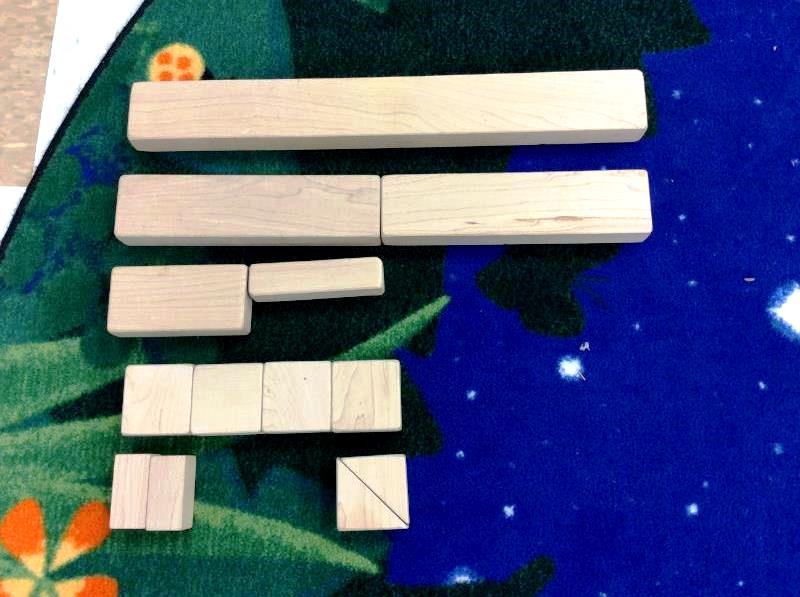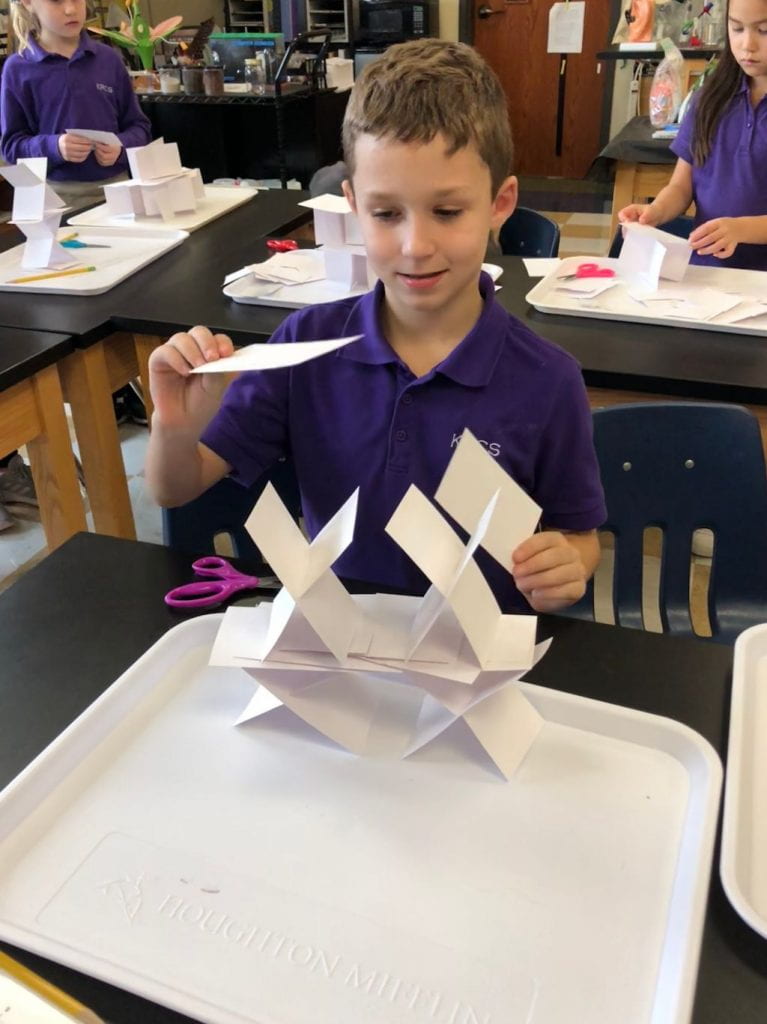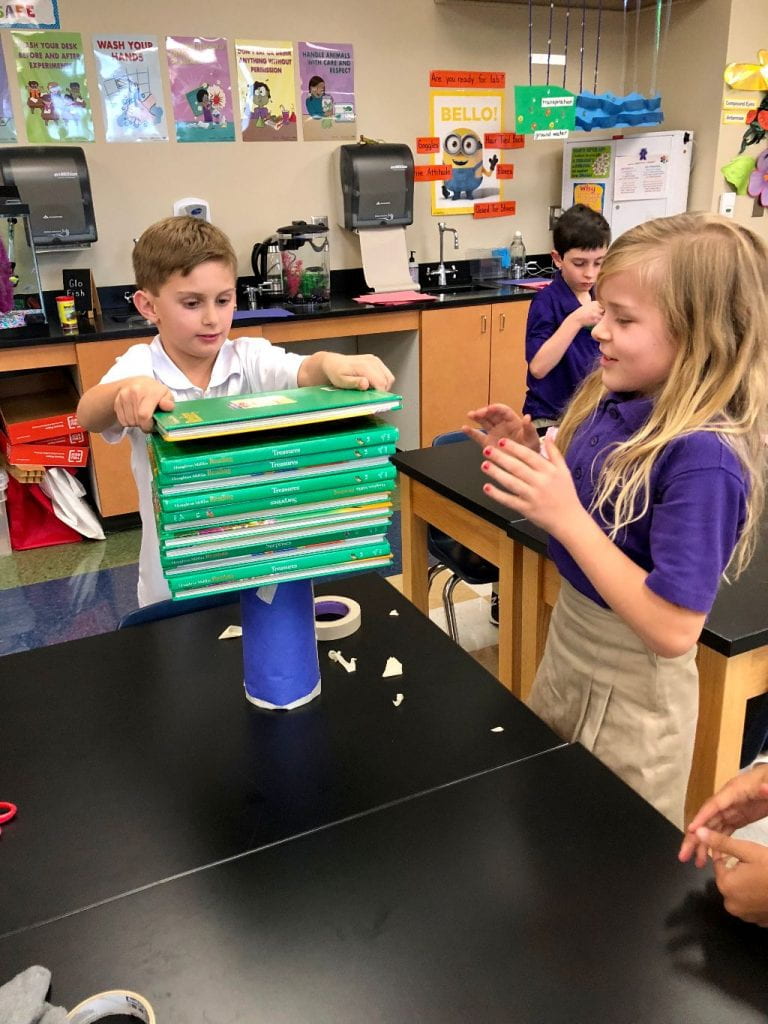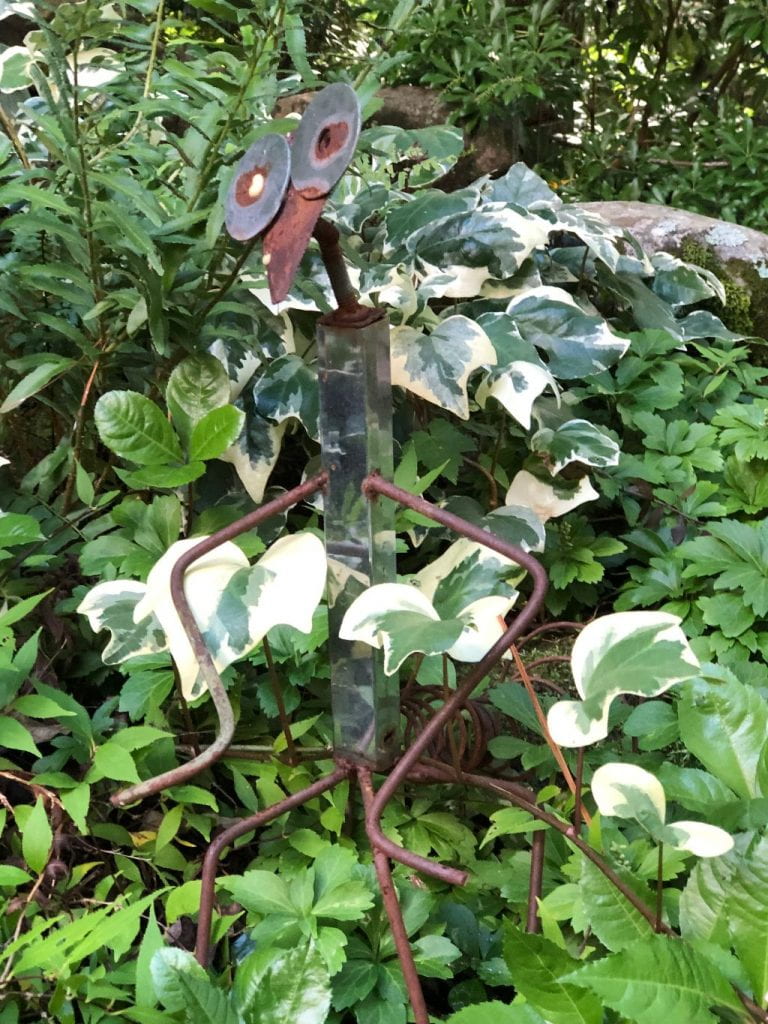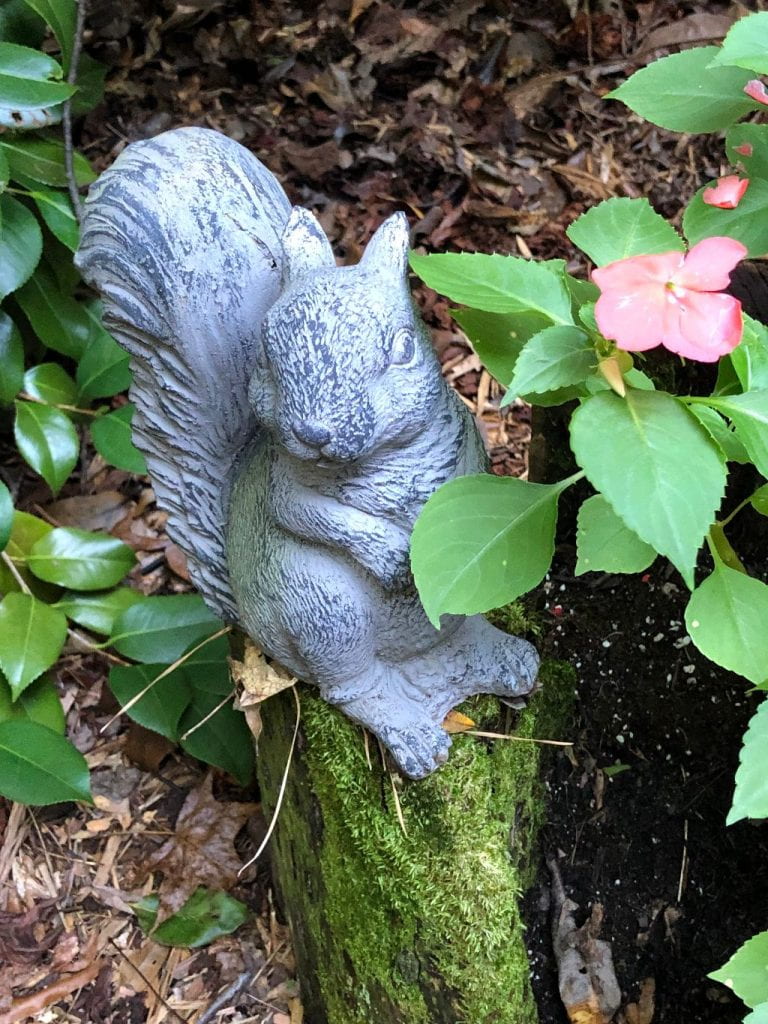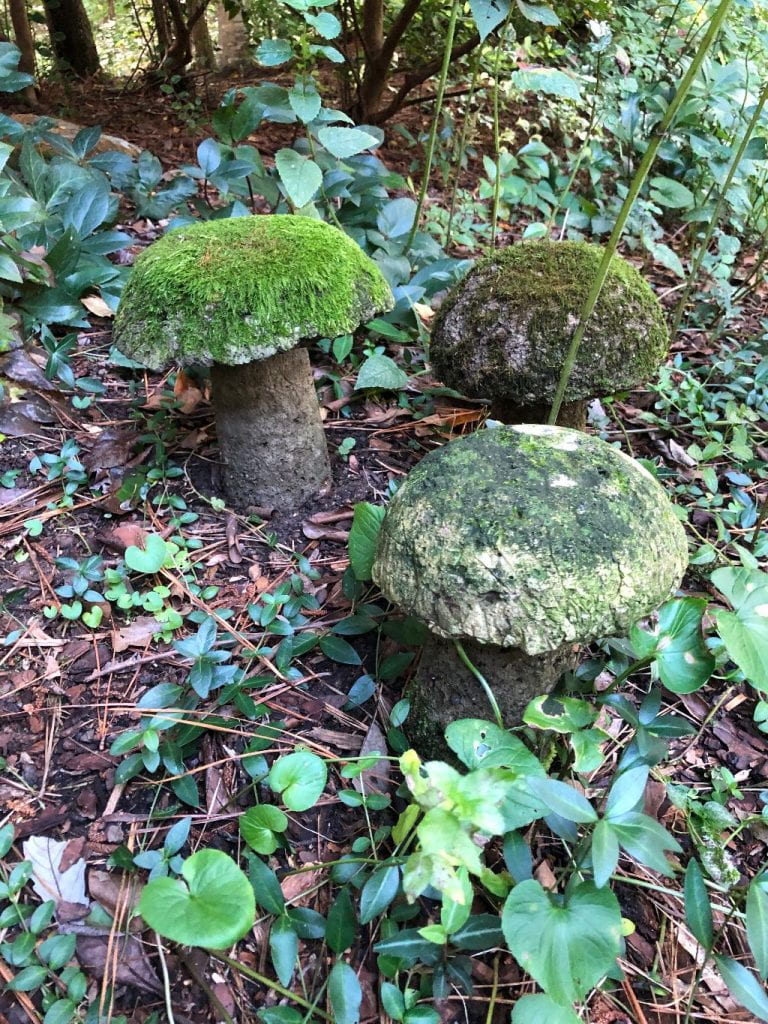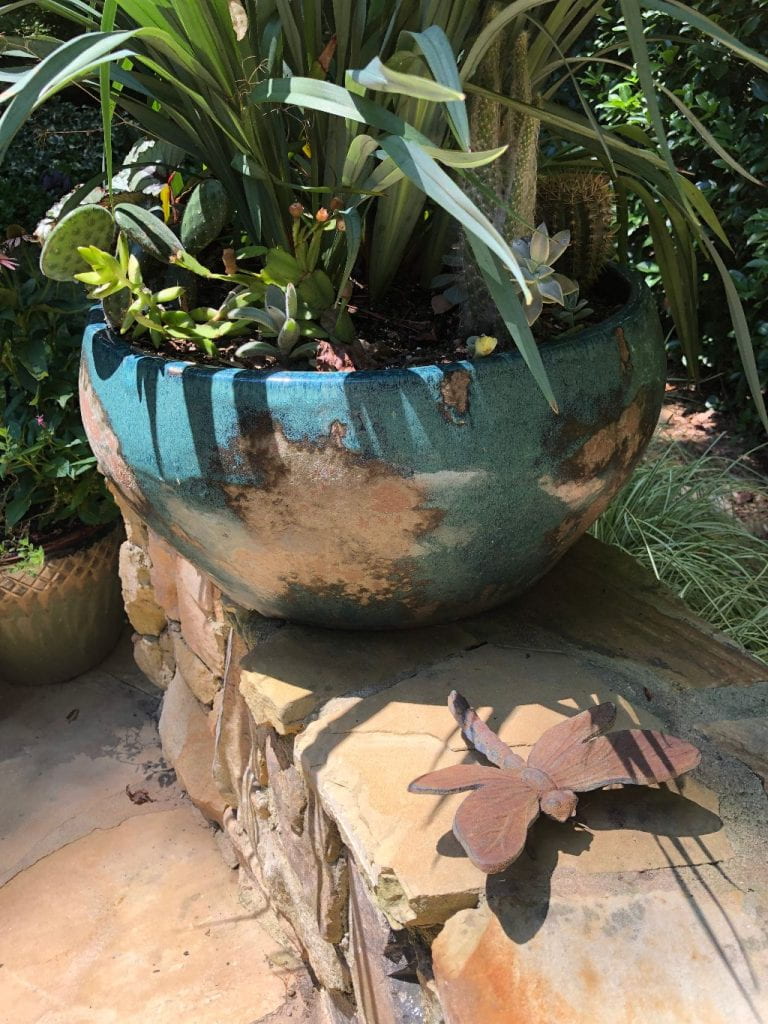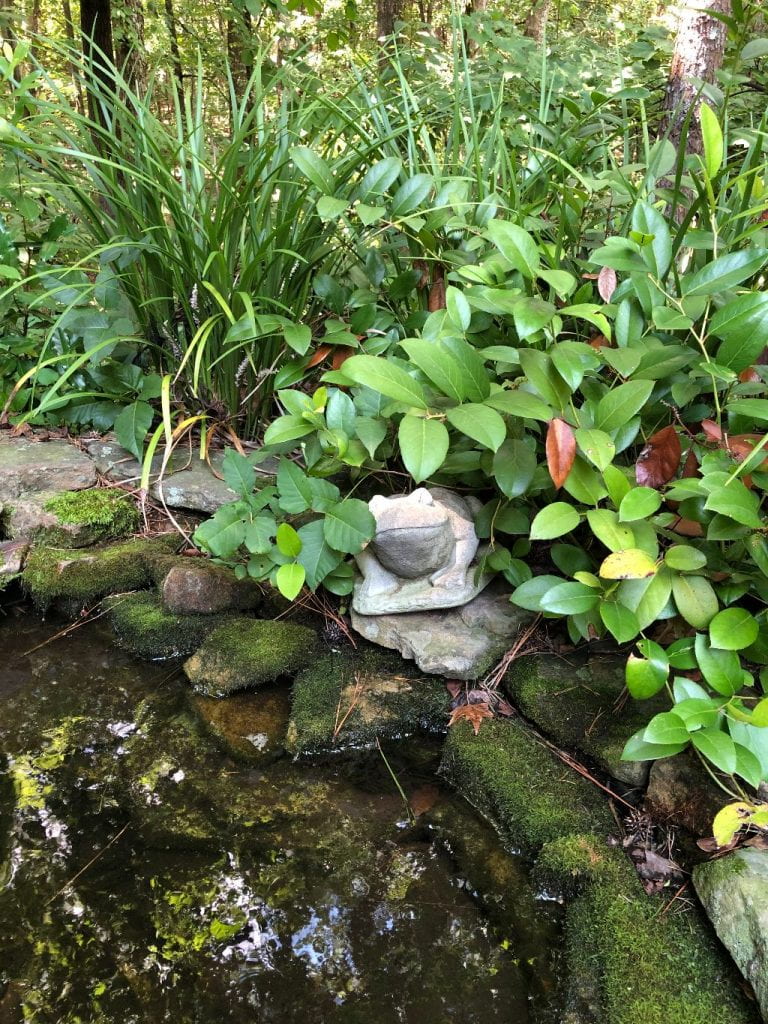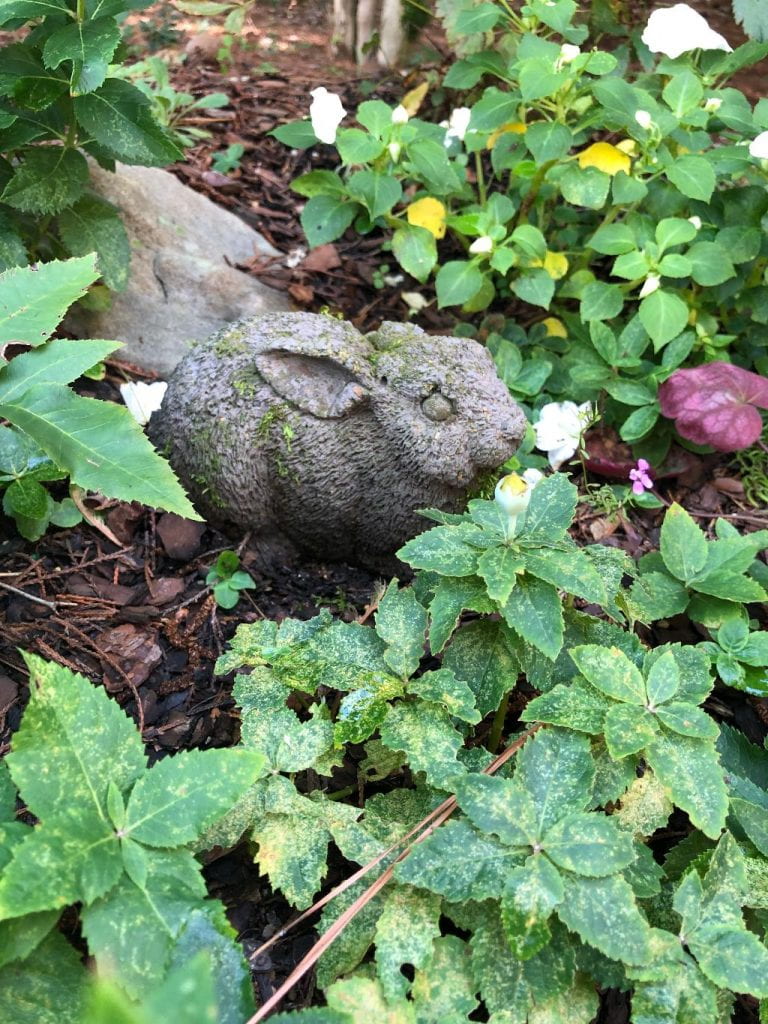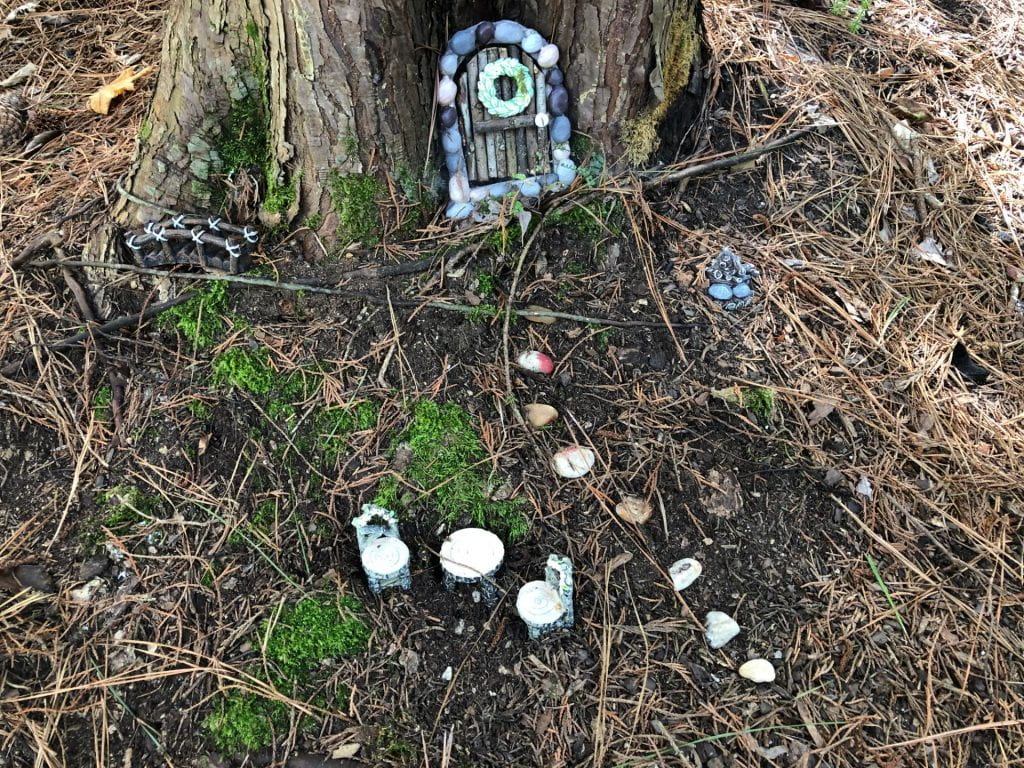Ocean Clouds
I was at the beach and was captivated by the clouds. Such a perfect place to learn about the water cycle and watch it in action! Can you see the rain falling from the clouds?
Click here for the Safeshare link for the following video.
Out is the New In!
I am such a believer of both bringing the outdoors in and bringing children outside. There is a tremendous amount of research about the benefits of children and adults spending time outdoors. These blogs are excellent resources about planning intentional time outside, designing outdoor spaces, and creating indoor spaces that reflect a love of nature.
Click here to learn more about KodoKids

Click here to go to Childhood by Nature.
Click here to access Tinkergarten.
![]()
Click here for more information about Nature Explore.
Free Christian Educator Conference
I recently registered for the RiseUp Summit which is a free online conference for Christian educators in both public and private schools. Click here for details. You can join live from October 22nd-23rd and On-Demand from October 21st-26th. Pass the word if you know someone who might be interested!

A Calendar on a Turtle’s Back
I enjoyed watching this tortoise at the Autrey Mill Nature Center in Alpharetta. I was fascinated by the pattern on the shell which led me to further research.
I learned that most turtles have 13 scutes on the middle of the shell. Around the edge of the shell are 28 smaller plates. Native people believed that the 13 larger scutes represented the 13 moons on a lunar calendar and the 28 smaller plates were the number of days between each moon. If you multiply the two numbers together (13×28), the product is 364. Each moon had a name and a corresponding seasonal story.
I pulled out one of my turtle shells to count the scutes and indeed there were 13 and 28!
Did you notice the lines around the scutes? I wondered if the lines represented the age of a turtle. Acccording to PetMD, “Much like the rings on the trunk of a tree, as a turtle ages it develops rings in its scutes, the plates that make up its shell. However, simply counting them and assuming each one represents a year would be a mistake The rings on a turtle’s scutes denote periods of growth rather than lengths of time.”
Fun fact: Turtles shed their scutes, but tortoises do not. I often discovered scutes floating in my turtle tank.
You Don’t Need a Pot!
Chestnuts
As soon as I saw this tree at Autrey Mill Nature Center and the fruit growing on it, I recognized it as a chestnut tree. I saw them often in Louisville where I spent my childhood. Many chestnut trees were lost in a blight, so you rarely see them now. Click here to learn about the Georgia Chapter of the American Chestnut Foundation. The Georgia Chapter was founded to bring about the restoration of the American chestnut tree as a prominent part of Georgia forests.
The Importance of Blocks
I am resharing this post about block play (from several years ago) with a few updates:
My undergraduate degree is in early childhood education (birth through seven years old) and I taught kindergarten for twelve years and second grade for eight. I experienced firsthand the value and benefits of block play. Blocks provide an opportunity to explore math concepts including shapes, measurement, mass, symmetry, patterns, and fractions! Eye hand coordination and small muscle movements are refined. Children develop awareness of space, balance, and cause and effect. As children plan and make representations of their ideas, creativity and problem solving skills blossom. They intuitively apply the Engineer Design Process. Children also learn to effectively communicate their ideas and to work collaboratively with their peers.
As you look at the pictures of the block structures below, look for examples of balance, patterns, and symmetry. Block building is considered a STEAM activity and schools with Makerspaces and STEM labs always include various types of blocks. You are never too old to build with blocks! My second grade classes always found blocks a favorite activity. For more fun, add plastic animals, cars, and people, as well as natural objects.
Click here to read an article about block play from NAEYC. Block play is important work!
The developmental stages of block building:
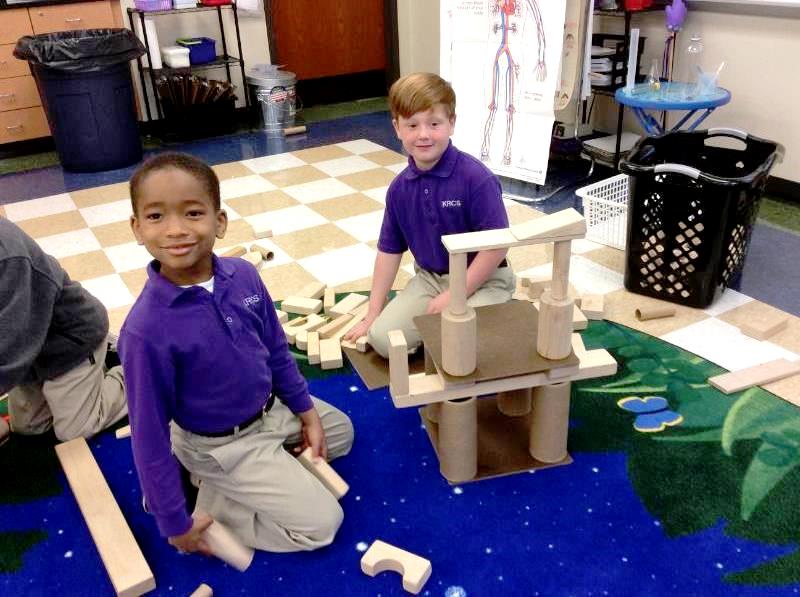
Unit blocks are divided into fractional parts.
This preschool had a “Block Party”. It would be a fun birthday theme too!
Click here for a Safeshare link for this video.
Quality STEM Program
Among educators, there is still confusion and debate about how to recognize and implement excellent STEM programs. I believe this is an accurate description of its components:
The goal of a quality STEM program is to produce scientifically and technologically literate citizens who can solve complex, multi-disciplinary problems through analytical and innovative thinking in real-world applications needed for college and career success. (National Research Council 2012) These goals are often met through Project-Based Learning.
Whimsical Garden Pieces
It’s fun to add a little whimsy to your garden! As I did in my science classroom, I look for ways to add surprises in unexpected places. Still searching for a turtle, a sundial, and rain gauge. The hummingbirds have brought me such joy this summer, I might just add one of those too! The poem below was in my grandparents’ garden.
